Milk: the Mammary Gland and Its Secretion
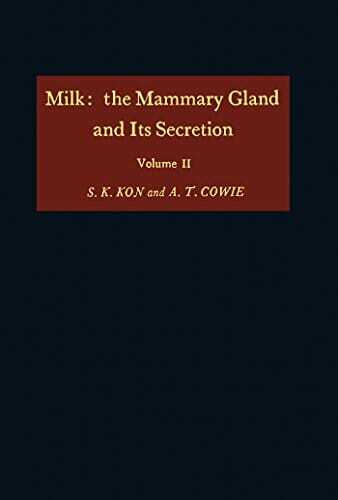
By S. K. Kon and A. T. Cowie
Milk: the Mammary Gland and Its Secretion PDF provides an overview of the state of knowledge in lactation. The book opens with a study on the metabolic cost of lactating, and the role of diet in sustaining lactation. This is followed by separate chapters on the nutrition of the lactating ruminant, mare, and sow, with special emphasis to the nutritional requirements; and the three major metabolic diseases of cattle, and particularly lactating cows: parturient paresis (milk fever), hypomagnesaemia (grass tetany), and ketosis. Subsequent chapters deal with the nutritive needs for lactation in the rat; the chemical and nutritional characteristics of the milk; and breast milk and cow’s milk as food for infants. The final chapters discuss the problems of the post-natal phase of growth and development of the young, and the effects of the amount and composition of the milk supply; and the immunological aspects of colostrum.
| File Size | 8.8 MB |
| File Format | |
| Download link | Free Download | Become a Premium, Lifetime Deal |
| Support & Updates | Contact Us | Broken Link |
| Join Our Telegram Channel |  |
| More Books: | Browse All Categories |




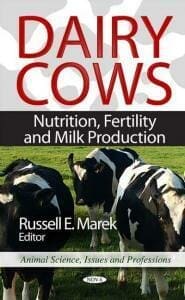

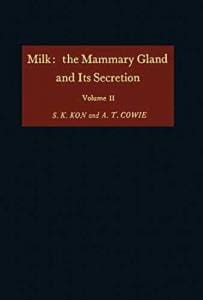
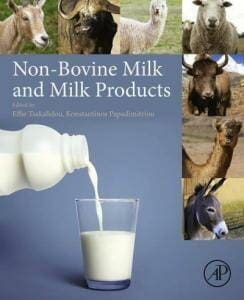
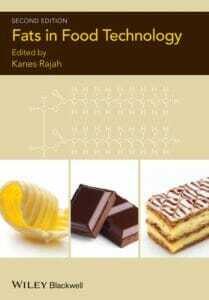




![Ettinger’s Textbook of Veterinary Internal Medicine 9th Edition [PDF+Videos] Ettinger’s Textbook of Veterinary Internal Medicine 9th Edition [True PDF+Videos]](https://www.vet-ebooks.com/wp-content/uploads/2024/10/ettingers-textbook-of-veterinary-internal-medicine-9th-edition-100x70.jpg)

![Textbook of Veterinary Diagnostic Radiology 8th Edition [PDF+Videos+Quizzes] Thrall’s Textbook of Veterinary Diagnostic Radiology, 8th edition PDF](https://www.vet-ebooks.com/wp-content/uploads/2019/09/textbook-of-veterinary-diagnostic-radiology-8th-edition-100x70.jpg)






